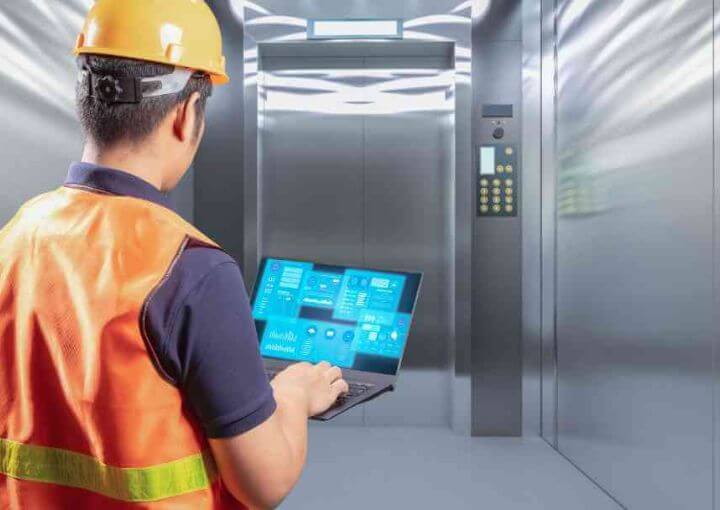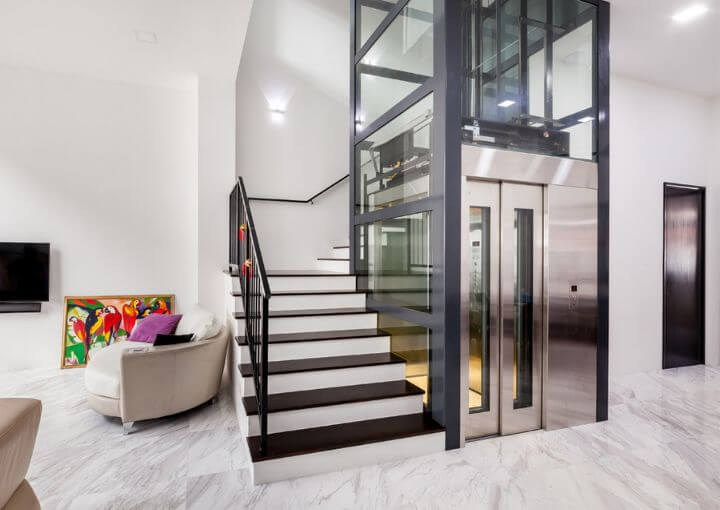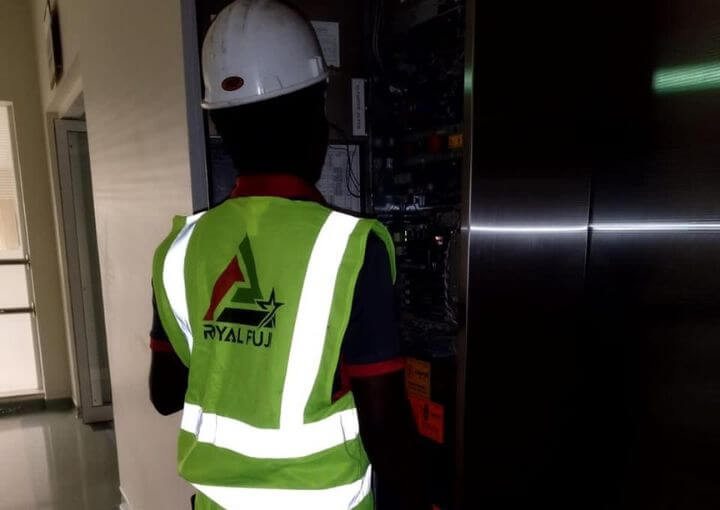The Importance of Passenger Lift Risk Assessment for Ensuring Safe Operations
Discover the significance of conducting passenger lift risk assessments to ensure the safe operation of elevators. Learn and implement safety measures to safeguard passengers through us.

Muneer Ahammed | Updated on September 18, 2023
Passenger lift risk assessment is a crucial process that ensures the safe operation of lifts in buildings, including hotels, offices, and residential complexes. With the increasing reliance on lifts for vertical transportation, it is essential to identify potential hazards, evaluate risks, and implement effective controls to prevent accidents or incidents.
In this blog, we will delve into the importance of passenger lift risk assessment, specifically in the context of Royal Fuji, a renowned facility known for its commitment to safety and excellence.
Join us as we explore the key steps involved in passenger lift risk assessment and how it contributes to ensuring safe and reliable lift operations at Royal Fuji.
Passenger Lift Risk Assessment:- Identifying Hazards

Ensuring passenger lift safety begins with identifying potential hazards. This involves a comprehensive evaluation of the lift system, including mechanical, electrical, and operational components and the surrounding environment.
Qualified professionals or lift experts should be involved in this process to ensure thorough identification of hazards, from malfunctioning equipment to inadequate landing areas or emergency exits.
By identifying these hazards, we can proactively address them to prevent accidents or incidents.
Evaluating Risks

Once hazards are identified, the next step is evaluating their associated risks. This involves assessing the likelihood and severity of potential accidents or incidents.
Industry standards and guidelines, such as EN 81-1:1998 and BS 7255:2001, provide valuable references for evaluating risks. Additionally, considering the specific characteristics of the Royal Fuji facility, such as the type of lift system, passenger traffic, and building usage, is crucial in accurately assessing risks.
This step allows us to prioritize risks and focus on implementing effective controls.
Implementing Controls

Based on the results of the risk assessment, controls are implemented to mitigate identified risks and ensure passenger lift safety.
These controls may include engineering measures such as regular maintenance and inspection procedures, installation of safety devices, and adherence to industry standards. Administrative controls can also be implemented, such as training programs for lift operators and clear signage for passengers.
Personal protective equipment (PPE) may be provided to lift operators and maintenance personnel as an additional safety measure. Regular monitoring and enforcement of implemented controls are essential to maintain their effectiveness in reducing risks.
To know more about passenger lift and LIft Risk Assessment
At Royal Fuji, the safety of our guests and staff is our top priority, and passenger lift safety is a critical aspect of that commitment. By conducting thorough passenger lift risk assessments, evaluating risks, and implementing effective controls, we ensure that our passenger lifts operate safely and reliably.
We encourage all our stakeholders to prioritize passenger lift safety in their respective facilities and foster a culture of safety awareness. Together, we can ride high safely at Royal Fuji and ensure a secure and pleasant experience for everyone.

Muneer Ahammed
Sales & Operation Manager - Royal Fuji
Mr. Muneer Ahammed holds the position of Sales & Operation Manager at Royal Fuji and possesses 16 years of experience in the vertical transportation industry. For any inquiries related to Passenger Lift Risk Assessment, please do not hesitate to reach out to him.
